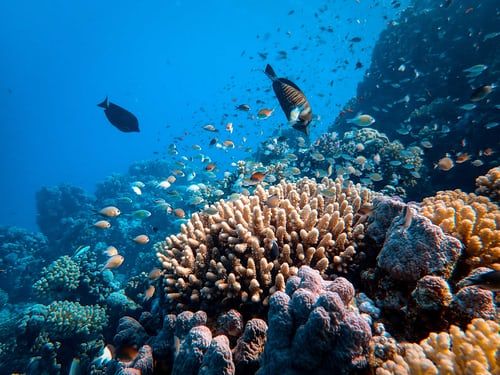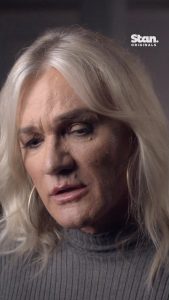The United Nations earlier this week recommended that Australia’s Great Barrier Reef should be inscribed on a list of World Heritage Sites that are ‘in danger’. To this Australian Environment Minister Sussan Ley said that the government is strongly disappointed and bewildered at the proposal, BBC reports.
Also read: 5 ways to restore land and combat desertification
The recommendation by the UN could add the world’s largest coral reef system to a list of 53 sites in the endangered category, denting its attractiveness as a tourist hotspot.
How has the Great Barrier Reef been subject to damage over the years:
Composed of over 2,900 individual reefs and 900 islands stretching for over 2,300 kilometres over an area of approximately 344,400 square kilometres, the Great Barrier Reef has lost half of its corals since 1995, a 2020 BBC report said.
Also read: Mount Recyclemore : Highlighting e-waste problems to G7 leaders
The reef has suffered mass coral bleaching events linked to rising sea temperatures in 1998 and 2002. In 2014, Tony Abbott established a dedicated task force to prevent the reef from being listed in the ‘in danger’ category and UNESCO congratulated the government.
However, post mass bleaching incidents in 2016, 2017 and 2020 have caused great damage to the reef. Corals have died, sea life has dispersed and algae have grown in unprecedented speed.
Also read: Why the French Alpine glaciers are turning pink
In February 2021, a government report card stated that the marine environment along the reef remained in poor health, the Guardian reports.
The UNESCO report released earlier this week said that Australia’s government’s “progress has been insufficient” in keeping up with agreements.







